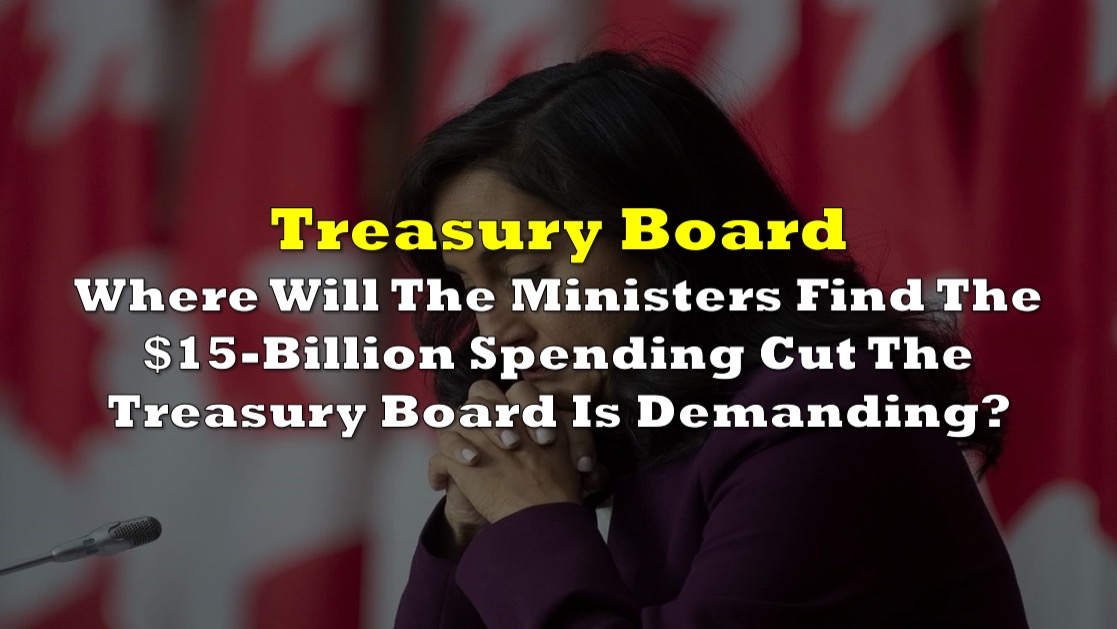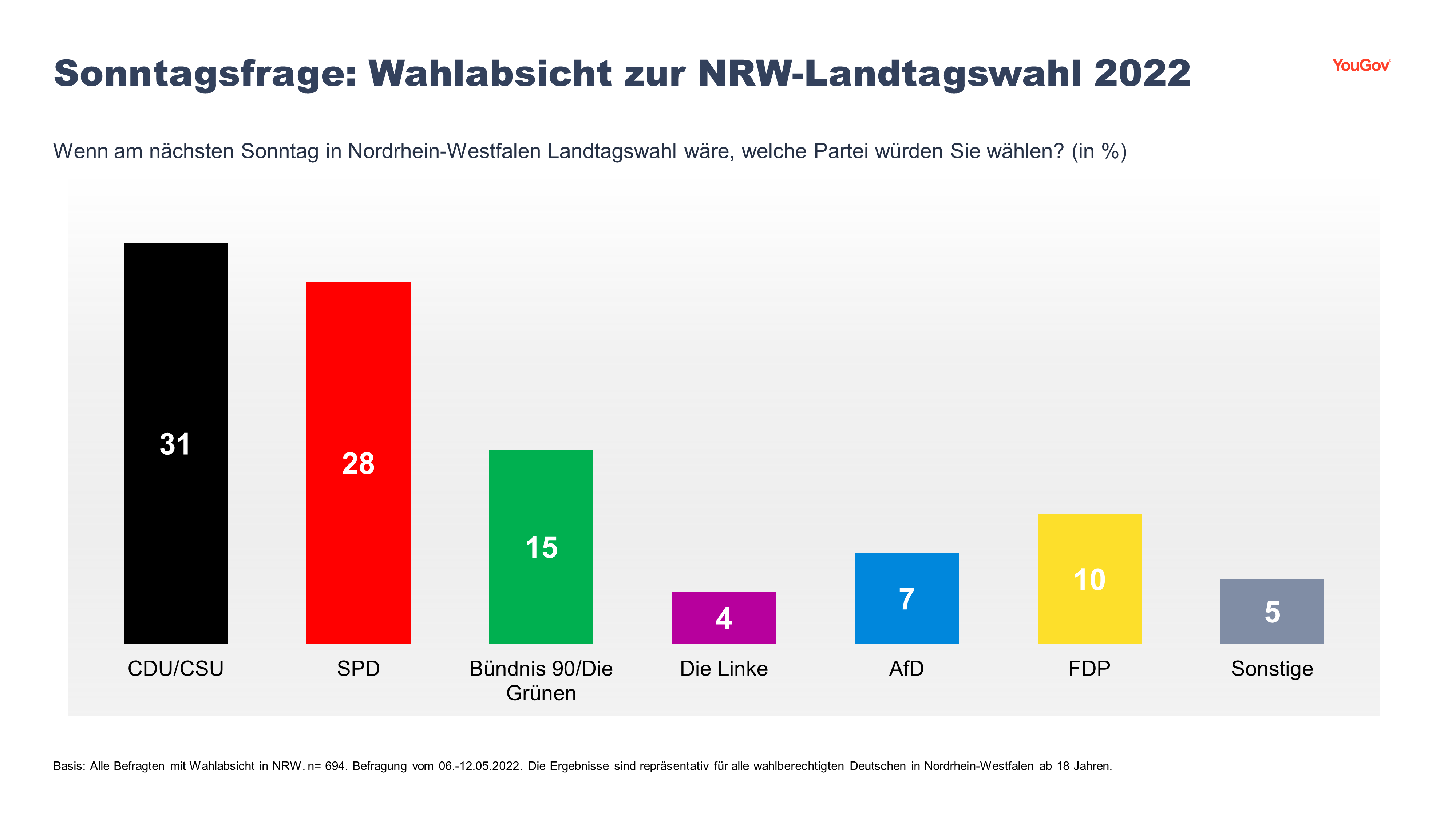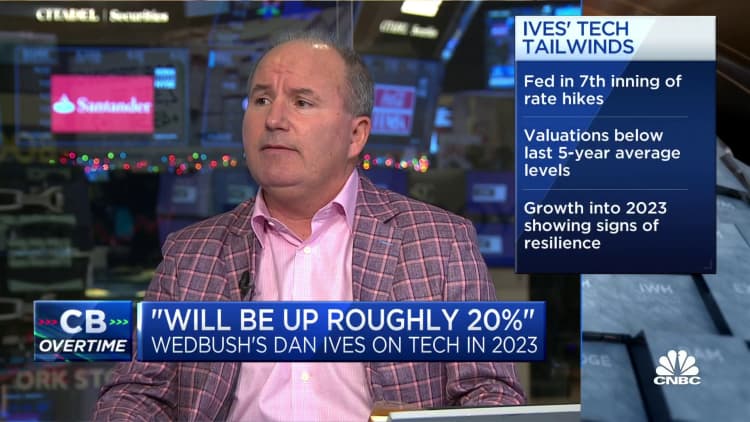SSE's £3 Billion Spending Cut: Impact On Growth And Future Plans

Table of Contents
Reasons Behind SSE's £3 Billion Spending Cut
Several factors contributed to SSE's decision to slash its capital expenditure by £3 billion. These reasons are intertwined and reflect the challenging economic and regulatory environment the energy sector currently faces.
-
Rising Inflation and Increased Material Costs: Soaring inflation and the increased cost of raw materials, such as steel and copper, have significantly impacted the viability of many energy projects. The projected costs of new renewable energy infrastructure have become unsustainable, forcing SSE to re-evaluate its investment strategy.
-
Changes in Government Regulations and Support for Renewable Energy Projects: Shifts in government policy and the level of support for renewable energy initiatives have created uncertainty for energy companies. Changes in subsidy schemes and regulatory frameworks can directly affect the profitability of renewable energy projects, leading companies like SSE to reassess their commitment.
-
Need to Improve Financial Stability and Reduce Debt Levels: SSE, like many other energy companies, faces pressure to improve its financial stability and reduce its debt burden. The £3 billion spending cut is a proactive measure to strengthen its balance sheet and enhance its long-term financial resilience.
-
Shifting Market Conditions and Decreased Investor Confidence: The energy market is highly volatile, influenced by geopolitical events and fluctuating energy prices. Decreased investor confidence and a more cautious investment climate have prompted SSE to prioritize financial prudence over aggressive expansion.
-
Focus on Optimizing Existing Assets and Improving Operational Efficiency: Rather than investing in new projects, SSE is now focusing on maximizing the efficiency and profitability of its existing assets. This includes optimizing operational processes, reducing waste, and improving the performance of its existing infrastructure.
Impact on Renewable Energy Investments and Targets
The £3 billion spending cut will inevitably impact SSE's renewable energy investments and its ability to meet its ambitious net-zero targets.
-
Delayed Timelines for New Renewable Energy Projects: Several planned wind farm and solar farm projects will likely experience delays, pushing back the timeline for achieving SSE's renewable energy targets. This delay could impact the UK's overall renewable energy capacity growth.
-
Potential Impact on Achieving SSE's Net-Zero Targets: The reduced investment in renewable energy projects raises concerns about SSE's ability to meet its long-term net-zero emission targets. This could have reputational consequences and impact investor relations.
-
Reduced Investment in Research and Development for Innovative Renewable Technologies: The spending cut may lead to a reduction in funding for research and development of innovative renewable energy technologies, potentially hindering long-term innovation and progress in the sector.
-
Impact on Job Creation within the Renewable Energy Sector: Delays and cancellations of renewable energy projects could lead to job losses within the renewable energy sector, impacting the UK economy.
-
Analysis of Alternative Financing Options for Future Renewable Energy Projects: SSE will likely explore alternative financing models, such as public-private partnerships or green bonds, to secure funding for future renewable energy projects.
Implications for SSE's Future Growth and Financial Performance
The spending cut will undoubtedly have implications for SSE's future growth and financial performance, both in the short and long term.
-
Short-Term Impact on Revenue Streams from Delayed Projects: The delay of projects will have a short-term impact on revenue streams, potentially affecting profitability in the coming years.
-
Long-Term Implications for Market Share and Competitive Positioning: The reduced investment in new projects could affect SSE's market share and competitive positioning in the long term, particularly against more aggressive competitors.
-
Potential Impact on Shareholder Value and Investor Sentiment: Investors will closely monitor the impact of the spending cut on SSE's financial performance and may adjust their valuation of the company accordingly. Investor sentiment could be affected both positively (due to improved financial stability) and negatively (due to slower growth).
-
Revised Financial Projections and Updated Growth Forecasts: SSE will likely revise its financial projections and update its growth forecasts to reflect the impact of the £3 billion spending cut.
-
SSE's Strategies to Mitigate the Negative Impact of the Spending Cut: SSE will need to implement effective strategies to mitigate the negative impact of the spending cut, including improved operational efficiency, asset optimization, and strategic partnerships.
Alternative Strategies and Future Plans
To compensate for the reduced capital expenditure, SSE is likely to focus on alternative strategies.
-
Increased Focus on Operational Efficiency and Cost-Cutting Measures: SSE will likely implement rigorous cost-cutting measures across its operations to improve efficiency and reduce expenses.
-
Improved Asset Management Strategies to Maximize Returns from Existing Infrastructure: SSE will focus on optimizing the performance and lifespan of its existing energy infrastructure to maximize returns.
-
Exploration of Strategic Partnerships to Share Project Risks and Costs: SSE may seek strategic partnerships with other companies to share the risks and costs of future projects, reducing its individual financial burden.
-
Diversification into New Areas within the Energy Sector to Reduce Reliance on Capital-Intensive Projects: SSE may explore diversification into less capital-intensive areas within the energy sector, such as energy services or digital technologies.
-
Long-Term Strategic Vision and Roadmap for Future Growth: SSE will need to develop a clear long-term strategic vision and roadmap for future growth that accounts for the reduced capital expenditure.
Conclusion
SSE's £3 billion spending cut represents a significant strategic shift for the company, impacting its renewable energy ambitions, growth trajectory, and overall financial outlook. While the short-term consequences may involve slower growth, the long-term implications depend heavily on the success of SSE's revised strategies for cost optimization, asset management, and strategic diversification. The move underscores the challenges faced by energy companies navigating a volatile market landscape.
Call to Action: Stay informed about the evolving situation and the ongoing impact of SSE's £3 billion spending cut on the energy sector by following our updates and analyses. Understanding the intricacies of this significant decision is crucial for anyone invested in or affected by SSE's future plans and the wider renewable energy landscape. Keep an eye out for further analyses of SSE's £3 billion spending cut and its effect on the UK energy market.

Featured Posts
-
 Uusi Nimi Autourheilun Kartalla Ferrarin 13 Vuotias Taehti
May 24, 2025
Uusi Nimi Autourheilun Kartalla Ferrarin 13 Vuotias Taehti
May 24, 2025 -
 Konchita Vurst 13 Let Kaming Aut I Put K Evrovideniyu 2014
May 24, 2025
Konchita Vurst 13 Let Kaming Aut I Put K Evrovideniyu 2014
May 24, 2025 -
 Essen Ueberraschender Eis Favorit In Nrw Diese Sorte Liegt Vorn
May 24, 2025
Essen Ueberraschender Eis Favorit In Nrw Diese Sorte Liegt Vorn
May 24, 2025 -
 President Ramaphosas White House Incident Exploring Other Possible Responses
May 24, 2025
President Ramaphosas White House Incident Exploring Other Possible Responses
May 24, 2025 -
 Despite Apple Price Target Cut Wedbushs Bullish Outlook Should You Buy
May 24, 2025
Despite Apple Price Target Cut Wedbushs Bullish Outlook Should You Buy
May 24, 2025
